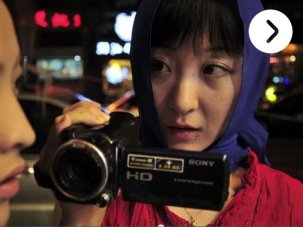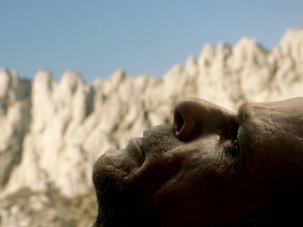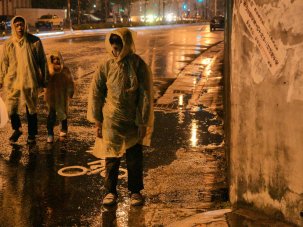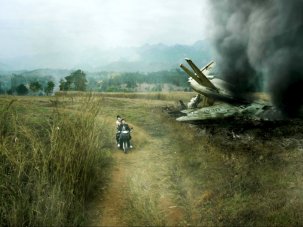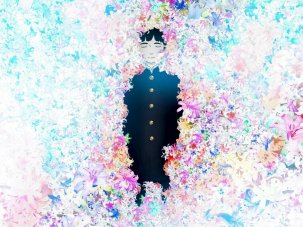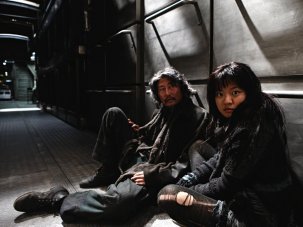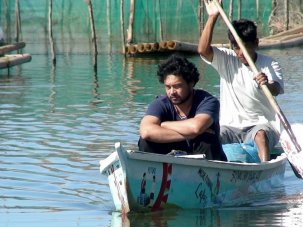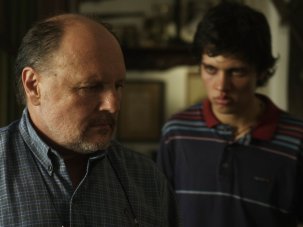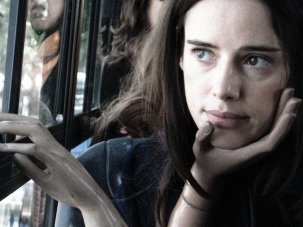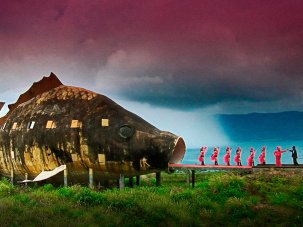Web exclusive
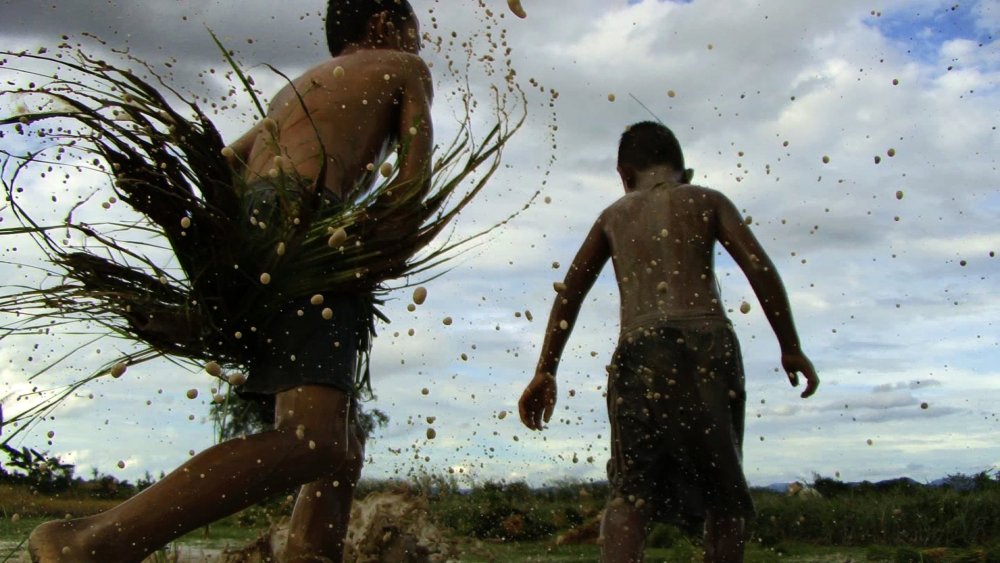
Agrarian Utopia (Sawan baan na, 2009)
Black Movie faces a challenge. Focused on the best new cinema from Asia, Africa and Latin America, the Genevan festival competes for audiences with nearly 20 rival events, all in a city of fewer than 200,000 people.
17-26 January 2014 | Geneva, Switzerland
Yet with a focus on informality, context and lots of talk, it appears to be thriving. Taking place in an area traditionally surrounded by local co-ops, it feels a million miles away from the city’s more gated social circles and audiences regularly sit in the aisles at sold out screenings, engaging in discussions rarely shy of 30 minutes.
Black Movie is also feeding into a trend, from Rotterdam to Edinburgh, of international festivals opening their programmes to guest curators and other like-minded festivals in a way that fits its commitment to rousing audiences. As upscale metropolitan film festivals continue to proliferate and entangle with one another, Black Movie is making a case for its own relevance.
Happy Birthday
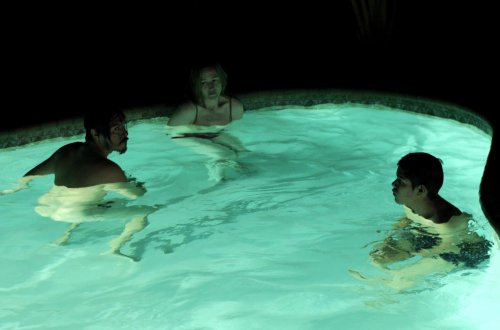
Los Bastardos
Talk also proved an instructive lens through which to view Black Movie’s programme, which was noticeably intra-textual across its 125 films. The ‘Happy Birthday’ section, which marked the festival’s 15th edition with a selection of past favourites, was interesting for the dialogue it created with its filmmakers’ new work, much of which appeared elsewhere in the programme:
- Amat Escalanate’s Reygadas-indebted Los Bastardos (2008) made his 2013 Cannes prize-winner Heli seem more oblique, even strangely hopeful, despite their shared concern for the powerlessness of poor Mexicans.
- Tsai Ming-liang – here five years ago for a retrospective, during which he claimed the art-school-like Sputnik Theatre as his favourite cinema – has noticeably retained the sensualist charge of The Wayward Cloud (Tian bian yi duo yun, 2005) despite moving into the more minimalist mode of Stray Dogs (Jiao you, 2013, reviewed here at last year’s Venice Film Festival).
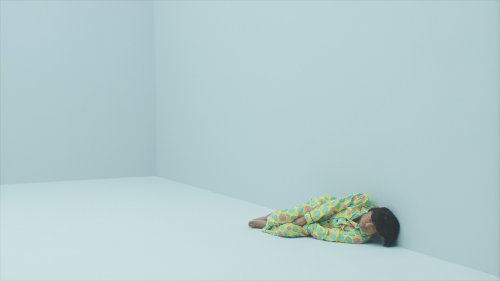
Symbol (Shinboru)
- Hitoshi Matsumoto, from the bizarre, Teletubbies-channelling absurdism of Symbol (Shinboru, 2009) to new film R100, shows a remarkable consistency in injecting an ‘anything goes’ mentality with touching humanism.
- Even the one ‘Birthday’ filmmaker without two films in the programme, Bong Joon-ho, had Snowpiecer playing in multiplexes across town, primed for viewing ahead of a festival screening of Memories of Murder (2003).
Master’s Choice
The richer conversations between films, though, were reserved for ‘Masters’ Choice’. This strand invited some of the filmmakers represented in ‘Happy Birthday’ to select work by relative unknowns, and their choices illuminated both their own work and the idea of national cinema.
Arnel Mardoquio’s The Long Journey of Stars into the Night (Ang Paglalakbay ng mga Bituin sa Gabing Madilim, 2012) was far more lyrical than the work of its curator Brillante Mendoza (at Black Movie with Kinatay and his latest, Sapi), yet feeds into a shared narrative about Filipinos trying to escape recent history.
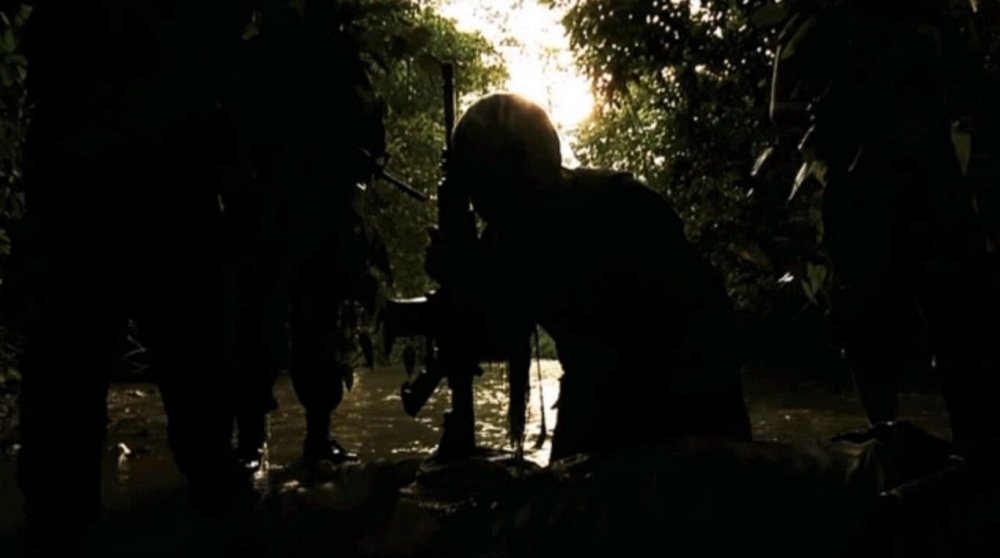
The Long Journey of Stars into the Night
A melancholy story of a family on the run from the army, it portrays the country’s violent past as constantly encroaching on the present. Waterways take on an F. Scott Fitzgerald-type resonance as beacons of doomed hope and the film ultimately acts as a kind of link between the pessimism of Mendoza’s Kinatay and the historical enquiries of Lav Diaz.
Thai filmmaker Pen-ek Ratanaruang also stuck close to home. Like Mendoza’s Sapi, Ratanaruang’s recent film Headshot saw its director adapting familiar western genre elements to national tropes. And like Mendoza, his selection questioned perceived barriers between his country’s filmmakers. A portrait of the people farming Thailand’s countryside, Uruphong Raksasad’s Agrarian Utopia (Sawan baan na, 2009) suggests an economic plight that is almost feudal, with farmers desperate for the opportunity to leave for jobs they imagine to be on offer in Bangkok.
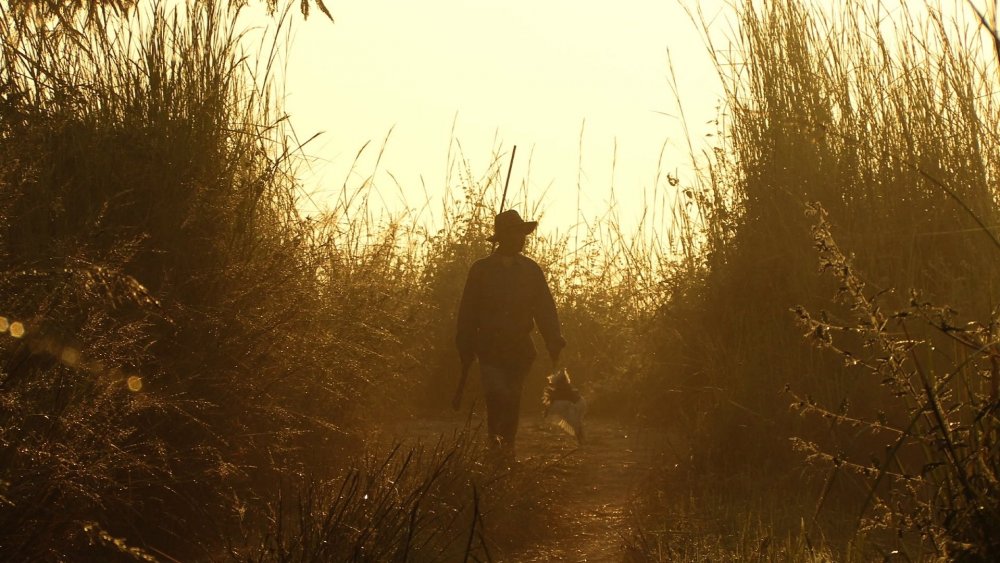
Agrarian Utopia (Sawan baan na, 2009)
Its balletic imagery and themes of economic corruption and globalisation offered intriguing parallels with Ratanaruang’s urban films, and with his recent documentary about Thailand’s modern political history. Ratanaruang’s assertion that he watches Agrarian Utopia “as often as The Dark Knight” humorously hinted at the same connection, as well as making a case for his choice as a different kind of action cinema.
A director who looked outside his country for inspiration was Escalante. Recently premiering at Sundance, Noaz Deshe’s White Shadow portrays a child targeted by Tanzanian witch doctors trading in albino organs.
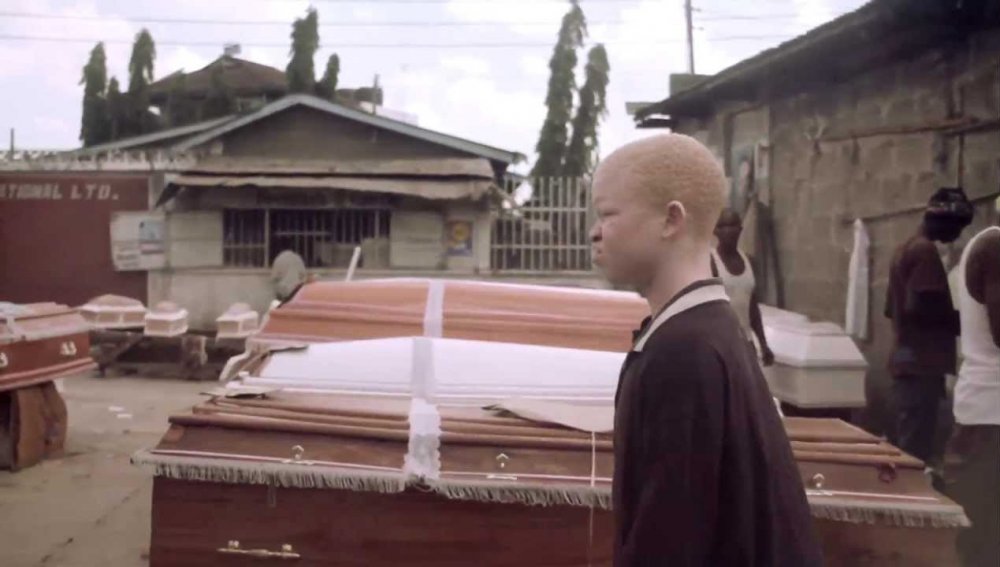
White Shadow (2013)
Combining handheld, vérité framing with moments of hallucinatory, floating camerawork, it stresses the nightmarish elements of its scenario. Its focus on an absurd brutality of existence and immolated bodies has clear parallels with Escalante’s own work, suggesting a world that exploits the weak and marginalised. With local conditions merely becoming parochial detail, perhaps the Mexican director sees his practice as part of a more existential global battle than do his co-curators.
Carte Blanche for the BIFF
As well as creating dialogue between filmmakers, Black Movie also sought to create some between festivals and modes of cultural presentation. The Beijing Independent Film Festival, an event beset by such legal troubles at home [see our video report from the 2012 edition] that much of its programme is not screened to the public, was here given carte blanche. The resulting selection, made up of two fiction films and three documentaries, were of varying quality but felt indicative of grassroots, politicised filmmaking trends.
The fiction selections proved the weakest link. Dai Zong’s A Lost Way (2013) is a melodramatic, clunkily assembled drama centring on a Chinese man visiting Beijing for ‘xinfangju’, the traditional act of petitioning the government, only to be horribly abused by government-hired bounty hunters. While that film was worthily campaigning, Zune Kwok’s Downstream (2012) could never inject a genuine sense of high stakes into a story of an urban courier trying to repay a debt.
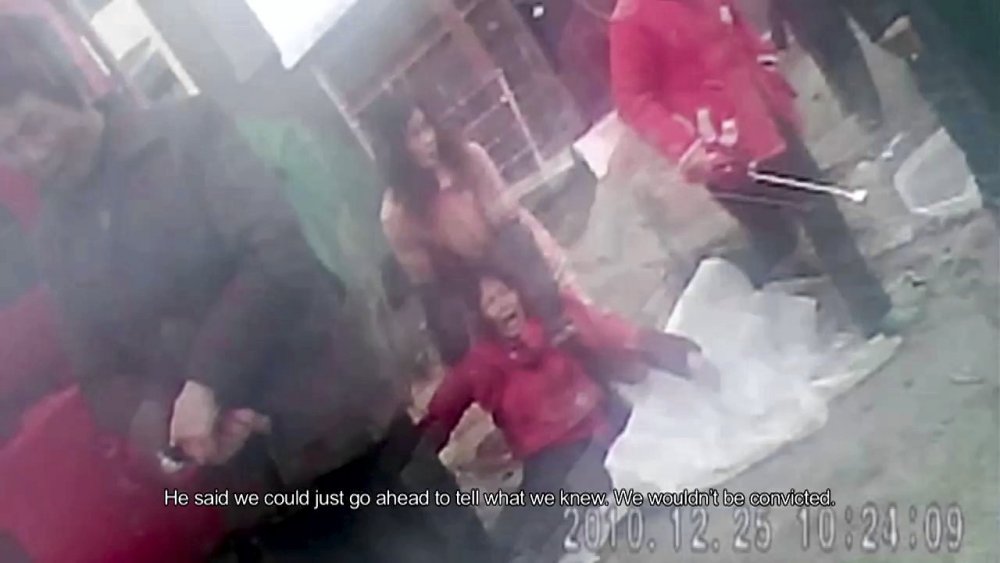
Ping’an Yueqing
The documentaries were stronger, Ping’an Yueqing (2011) being touchstone rebel Ai Weiwei’s unfussy investigation of an East China activist’s mysterious death. Impressive for the number of terrified locals it manages to get on camera, it speaks to a community all too aware of the dangers of speaking out, underlined by shocking images of Qian Yunhui’s mutilated corpse.
Jie Wu’s Hutoushan Village (2013) was similarly unintrusive, collecting testimonies in a village suffering high rates of cancer. The comfort provided by folklore, the failure of collectivisation and an absent state provide the subtext, with unregulated heavy industry the clear culprit for the locals’ health problems.
If those films offered a cross section of battles being fought in agrarian China, The Son of Adam (2013) was a snapshot of its urban fringes. Director Changqing Chen – the only Chinese director present at the festival – was reluctant to talk about the political dimensions of a film tracking Christian activists working with Beijing’s homeless. But the inferences were clear in the film’s title, its insights into a lack of state welfare and the tenuous position it suggests for China’s Christian population.
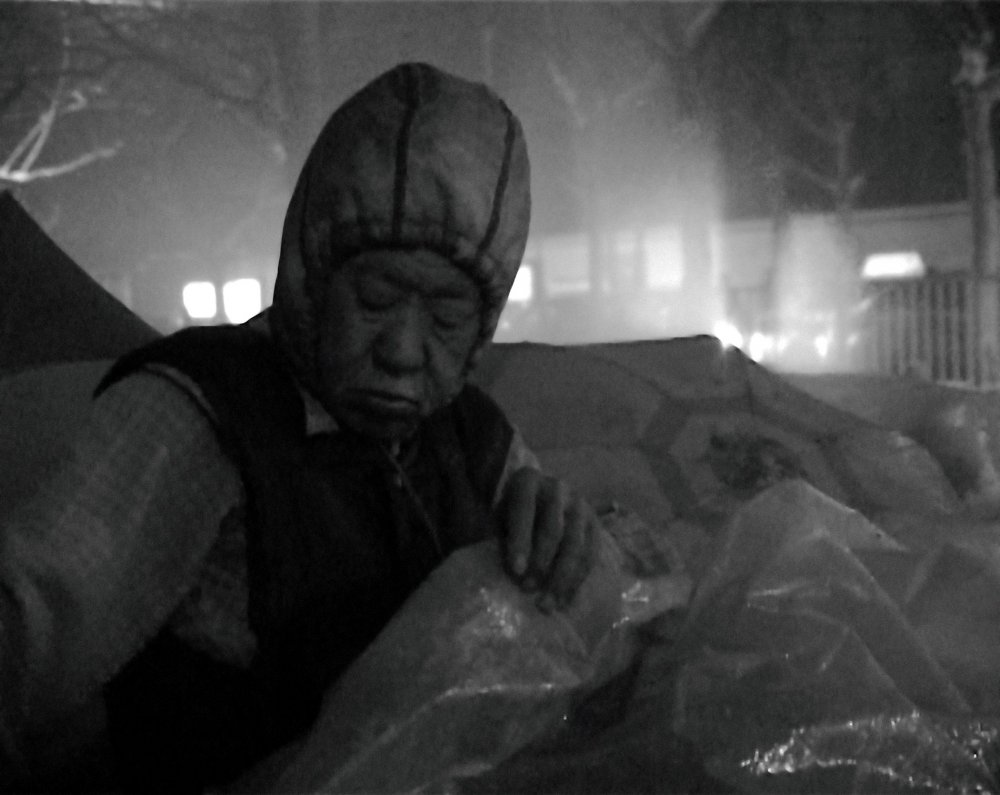
The Son of Adam
The Son of Adam’s cinema vérité emerged as a key element of what can be categorised as China’s ‘independent cinema’, discussed during a roundtable featuring Chen, Time Out Beijing’s Simon Zhou and BIFF director Wang Hong-wei (also recognisable from his acting turns for Jia Zhangke). With pure observation often preferable to directly activist filmmaking in a country where the state often has a vice-like grip on the media, the participants suggested that any work made outside state control might be intrinsically political.
Yet recent legal problems also suggest that getting films made may be easier than getting them seen. The BIFF programme being restricted to a small circle of relatively educated elites at home and festivals overseas could be read as a small victory for the state, as could the panel’s use of the word ‘tea’, a loaded stand-in for a variety of sensitive subjects they were wary of discussing directly.
This may have been the one area of the festival where the talk was guarded. But in the spaces opened between films, filmmakers, audiences and festivals, Black Movie made the case for context and communication being everything.
-
The Digital Edition and Archive quick link
Log in here to your digital edition and archive subscription, take a look at the packages on offer and buy a subscription.




